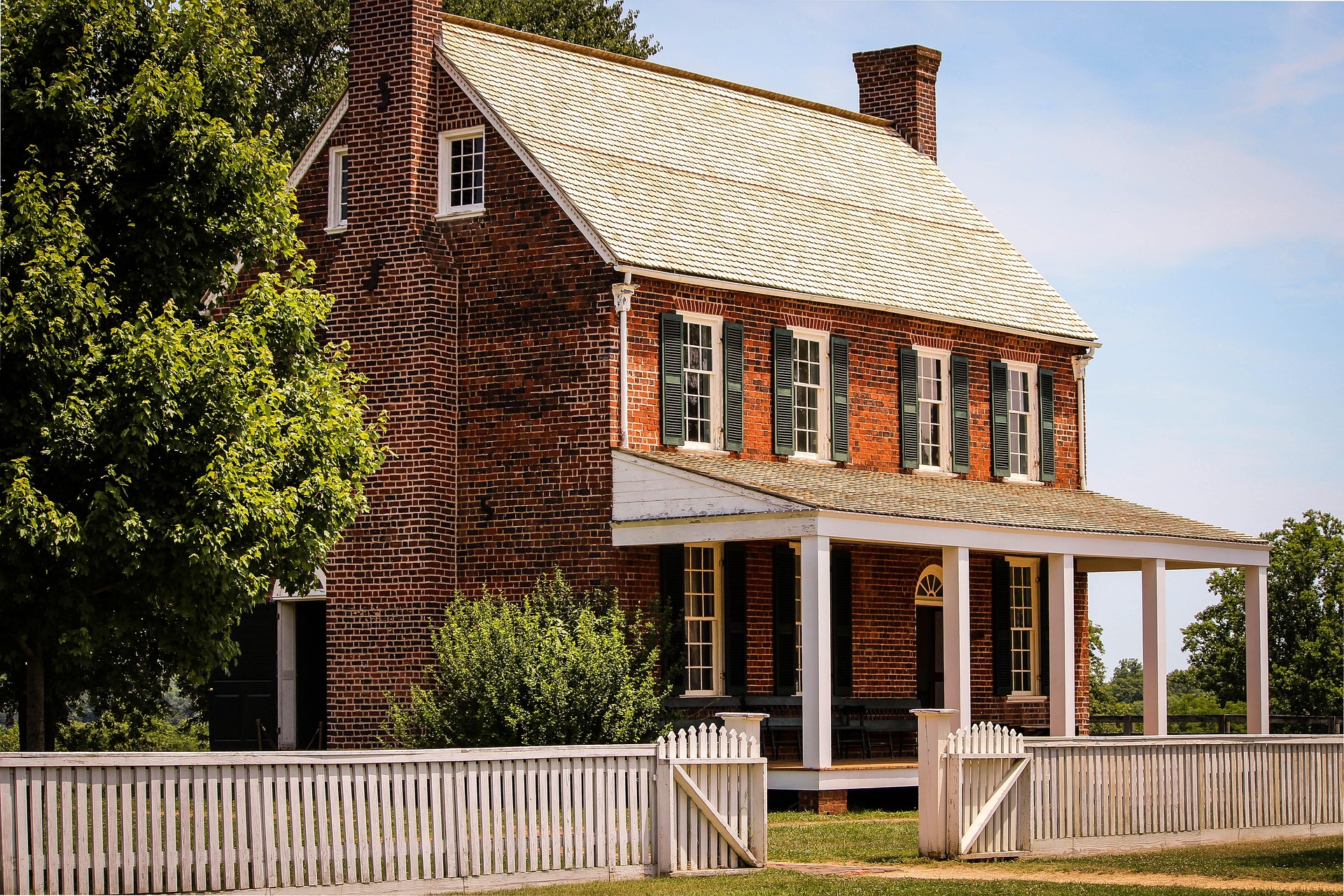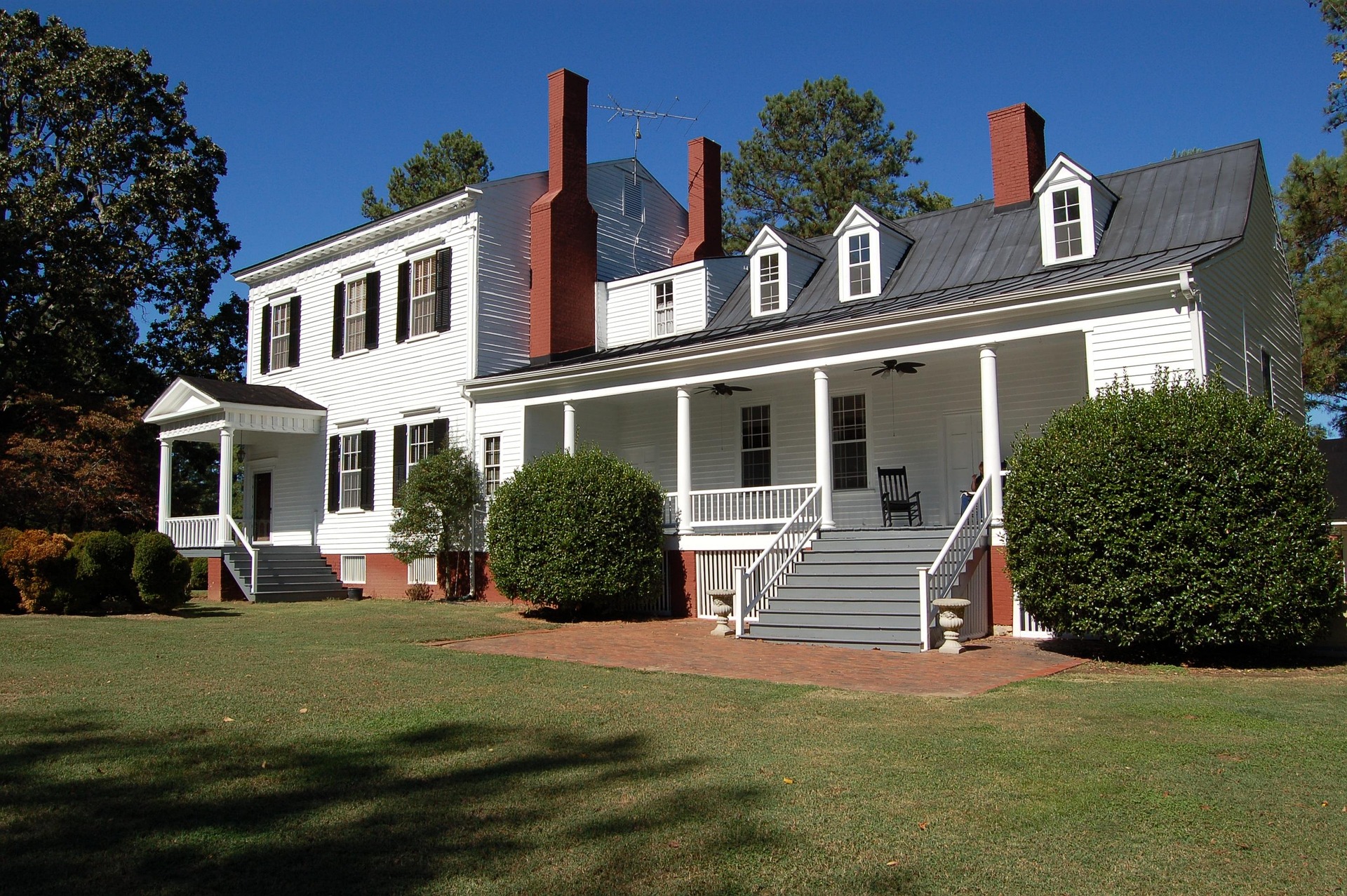
Suburban Rental Surge Reshapes U.S. Housing Landscape
A new analysis by rental market research firm Point2Homes reveals that between 2018 and 2023, rentership increased by at least five percentage points in 11 of the 20 largest suburban regions surrounding major U.S. metro areas. Fifteen of those suburbs transitioned from majority-homeowner to majority-renter communities during that period.
The trend is most pronounced in Sun Belt cities like Dallas, Houston, and Miami, as well as Northeastern hubs such as Boston and Philadelphia. In five major metro areas — Dallas, Minneapolis, Boston, Tampa, and Baltimore — suburban rentership has grown faster than in the cities themselves. Dallas suburbs like Frisco, McKinney, and Grand Prairie each gained more than 5,000 renter households from 2018 to 2023.

House | Source: Pixabay
Point2Homes also noted that while Dallas County was once less affordable than surrounding suburban counties, the situation has reversed. According to the NBC News Home Buyer Index, buying a home is now more difficult in those suburban counties than in the urban core.
Driving the trend are rising mortgage costs, with 30-year fixed-rate home loans nearing 7%, a level not seen since before the 2008 financial crisis. As a result, prospective buyers are increasingly turning to suburban rentals for affordability and space.

House | Source: Pixabay
“You have your own land, you have kids or you have a dog, and you want that space,” said N. Edward Coulson of UC Irvine’s Center for Real Estate.
Rising demand has sparked new suburban rental developments, including multifamily complexes in emerging “suburban downtowns.” Experts say the long-term effects of this shift will depend on how housing markets and remote work trends evolve.
